
Frenectomies
Tethered Oral Tissues (TOTs) are restricted soft tissue in the mouth such as a tongue-tie, lip-tie and or buccal/cheek-tie. These tissues can impact the function, growth, and development of the jaws, mouth, teeth, and airway.
In infants, they can most commonly cause difficulty with breastfeeding or bottle feeding, as well as reflux signs and symptoms.
In older children, these restricted tissues can cause difficulty with breathing, eating, sleeping, and speech/articulation.
A tongue-tie, also known as ankyloglossia, is a condition in which the frenulum or attachment of the undersurface of the tongue to the floor of the mouth is tight and restricts function.
A lip tie is when the maxillary (upper) or mandibular (lower) labial frenulum tissue that connects the lip to the gums is tight and restrictive to both function and form.
Here at Pristine Pediatric Dentistry, we do an oral evaluation and then a functional assessment to see if a child has any of these restrictive tissues and if they are affecting the child’s well-being. If a child is discovered to be symptomatic we use a CO2 laser, Solea, in order to release these ties safely, effectively, and efficiently.
The benefits of using a laser include minimal to almost no bleeding, less trauma to the tissue, reduced pain, no need for sutures, and better healing.
Laser Dentistry
There are two types of laser dentistry procedures: hard and soft tissue procedures. The type of condition depends on the procedure the pediatric dentist will perform. Solea laser dentistry can treat both.
Hard tissue procedures refer to procedures of the tooth. In hard-tissue procedures, the lasers can detect tooth decay and can kill bacteria in cavities. Soft tissue procedures refer to procedures of the gums. The laser can reshape gums, remove skin tissue folds, and more.
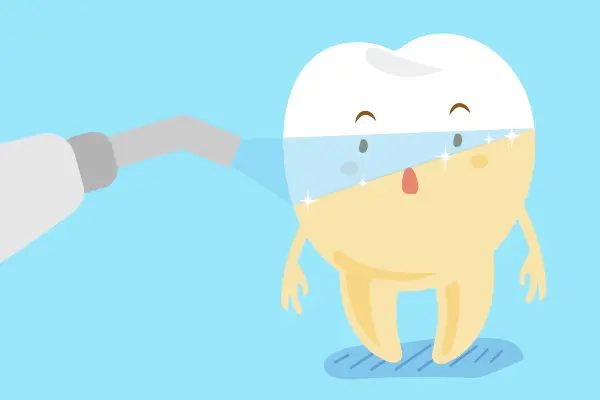
Icon Resin Infiltration
Resin infiltration is a minimally invasive restorative treatment to treat white-spot lesions on your teeth. They usually appear as white spots on the teeth and are also referred to as hypo spots or enamel bruising. These white lesions are usually caused by enamel defects, trauma, or infection to the primary teeth and results from decreased access of calcium and other ions to the deeper portions of the enamel on the tooth-eventually resulting in white spots on the external surface of the tooth.
To perform ICON resin infiltration treatment, your dentist will remove the outer layer of enamel that is blocking the calcium and other ions to penetrate the tooth and replace it with a different substance. The treatment is quick and minimally invasive.
How ICON Resin Infiltration is performed?
- Dental cleaning to remove any substance from the teeth
- Removal of the outer layer of enamel that is blocking calcium and other ions from entering the tooth
- Using a finishing substance on any surfaces that do not indicate an improved appearance
- Application of a drying agent to the areas of the tooth affected
- Removal of any excess material
- Material added again for curing and then excess removed
Composite (White) Fillings
A composite filling is a tooth-colored plastic and glass mixture used to restore decayed teeth. Composites are also used for cosmetic improvements of the smile by changing the color of the teeth or reshaping disfigured teeth.
Following preparation, the dentist places the composite in layers, typically using a light specialized to harden each layer. When the process is finished, the dentist will shape the composite to fit the tooth. The dentist then polishes the composite to prevent staining and early wear.
Aesthetics are the main advantage of composites since dentists can blend shades to create a color nearly identical to that of the actual tooth. Composites bond to the tooth to support the remaining tooth structure, which helps to prevent breakage and insulate the tooth from excessive temperature changes.
Beneifts of Composite (White) Fillings
- They Look Natural
- They’re Stable
- They Don’t Take Long to Put In
- They’re Durable
- They’re Resistant to Temperature Change
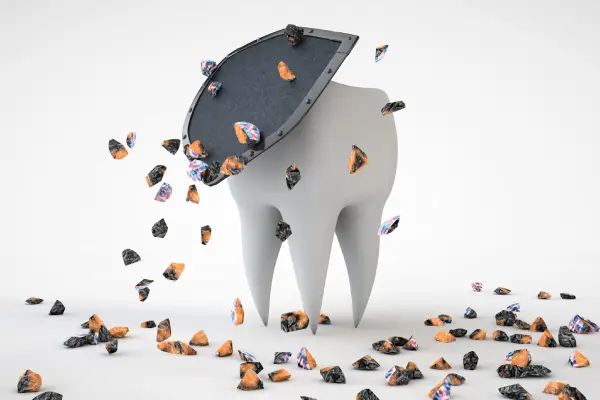
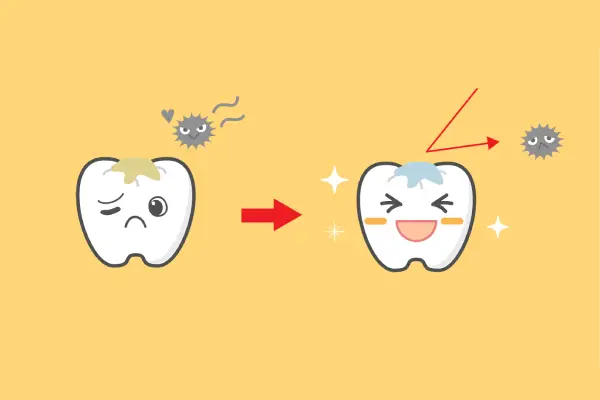
Dental Sealants
Dental sealants are thin coatings that when painted on the chewing surfaces of the back teeth (molars) can prevent cavities for many years. School-age children (ages 6-11) without sealants have almost 3 times more 1st molar cavities than those with sealants. Although the overall number of children with sealants has increased over time, low-income children are 20% less likely to have them and 2 times more likely to have untreated cavities than higher-income children.
Untreated cavities can cause pain, infection, and problems eating, speaking, and learning. States can help millions more children prevent cavities by starting or expanding programs that offer dental sealants in schools.
Benefits of Dental Sealants
- Sealants are suitable for all ages
- Safe, painless, and effective
- Protect against cavities
- Reduces deep grooves
- The process is quick and painless
- They’re long-lasting
Fluoride Treatments
Fluoride treatments can be given to anyone to help prevent tooth decay and cavities, but they are especially great for children who have a history of tooth decay. During a fluoride treatment, the fluoride varnish is painted with a special brush onto the teeth. It sets quickly so your child can eat and drink normally.
Babies who go to bed with a bottle of milk, formula, or juice are more likely to get tooth decay. Because the sugar in formula, milk, or juice stays in contact with the teeth for a long time during the night, the teeth can decay quickly.
Benefits of Fluoride Treatments
- Protects your enamel
- Puts minerals back in your teeth
- Helps prevent cavities and tooth decay
- Saves you money down the road
- Provides a natural preventative
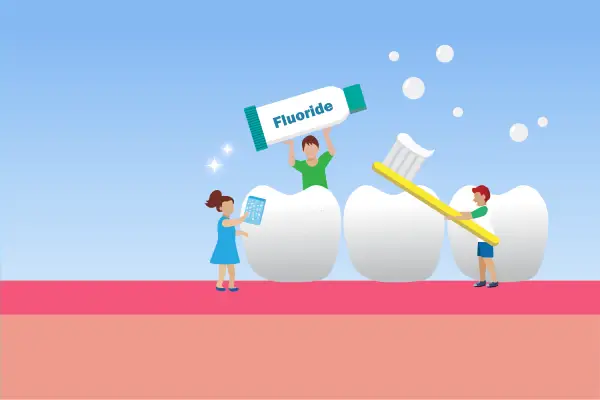
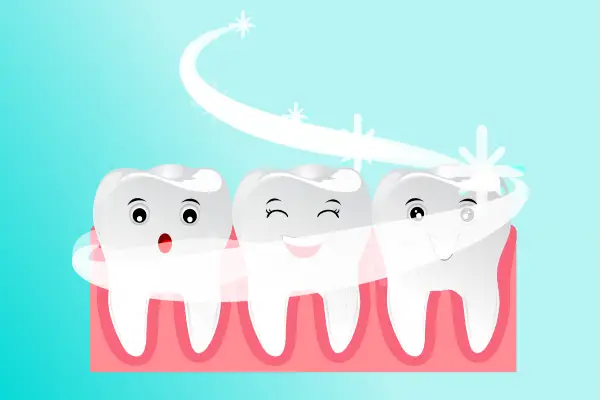
Dental Cleanings
Regular teeth cleanings are extremely important to your child’s dental health. In the first decade of life, children are at high-risk for cavities. Cleanings remove plaque from the teeth, prevent cavities, and identify any cavities that have already formed. Without regular teeth cleanings, cavities can spread and worsen, causing more serious problems.
Regular teeth cleanings are the best way to keep your child’s smile beautiful and healthy and prevent lengthier, more anxiety-inducing visits to the dentist for fillings.
You’re used to brushing your child’s teeth and teaching him to do a great job of brushing his own, but unfortunately, regular brushing isn’t enough to keep teeth clean. Toothbrushes can’t reach all the grooves in the teeth, and it’s difficult to reach certain angles in the mouth. Even daily flossing doesn’t always catch all of the residue that becomes lodged between the teeth and the gums. It’s important to come in for regular cleanings so that your child gets the “deep clean” necessary to prevent plaque buildup and cavities.
Benefits of Dental Cleanings
- Sets up Healthy Habits
- Anticipates Gum Disease and Tooth Decay
- Keeps up Good Overall Health
Pulpotomies
A pulpotomy is a procedure used to restore infected baby (primary) teeth in kids. Most commonly, baby teeth become infected due to untreated tooth decay (cavities). This happens when the cavity destroys the outer layer of the tooth, and attacks the soft pulp inside your child’s tooth. This pulp is full of nerves, so this usually causes a lot of pain and discomfort.
However, teeth can become infected due to oral trauma, too. If your child slips and falls and breaks or cracks a tooth, oral bacteria can enter the inside of the tooth and cause an infection, so it’s always important to get emergency care if your child experiences an oral injury.
Regardless of how the infection happens, the result is the same. Over time, the bacteria in your child’s mouth will attack the pulp inside the tooth, killing the nerves and blood vessels inside the tooth. Eventually, your child’s tooth will die and fall out, unless you get help.
Benefits of Pulpotomies
- Saves your child’s tooth
- Alleviates pain
- Prevents further issues
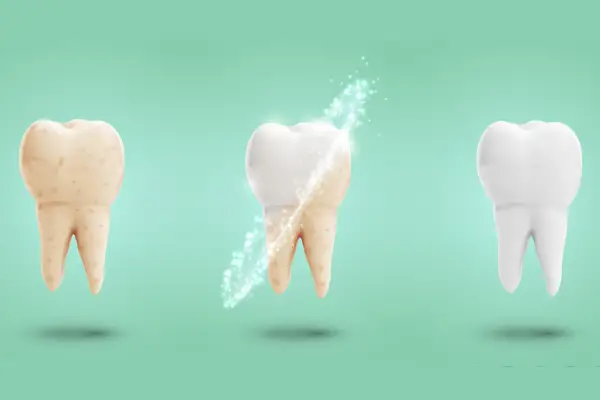

Pediatric Crowns
If your child suffers from dental decay (cavities) or has dental defects causing their teeth to be soft and at risk of decay, your dentist may recommend a pediatric crown to restore your child’s tooth instead of removing it. It’s important to extend the life of a primary tooth, not only for aesthetics but for development and function.
Pediatric crowns are designed to look and function like a real tooth. It’s important to keep primary (baby) teeth until they fall out naturally to help with speech and food consumption. Also, crowns help your child’s permanent teeth to come in correctly. In other words, it makes it less likely that your child will need orthodontic treatment.
The placement of a pediatric crown on a tooth helps to reduce the likelihood of continued tooth decay.
Space Maintainers
A space maintainer is an oral appliance made to “maintain” the space left behind by a missing baby tooth. They are generally made out of metal or acrylic and can either be fixed into the mouth or removable. Fixed space maintainers are cemented into the mouth, while removable space maintainers look similar to orthodontic appliances and may even have an artificial tooth.
Their main function is to prevent the surrounding teeth from shifting into the space left by a baby tooth that was lost too soon. Once the permanent tooth begins to erupt, the space maintainer will be removed since it has served its purpose.
Benefits of Space Maintainers
- It may prevent unnecessary loss of teeth due to a possible infection
- It may give a developing permanent tooth a chance to fully develop


Tooth Extractions
Dr. Kotlyar or Dr. Vainer may determine whether or not you or your child need a tooth extraction. Some teeth are extracted because they are severely decayed, whereas others may have advanced periodontal disease. It is also possible that the tooth is broken in a way that cannot be repaired. Other teeth may need removal because they are poorly positioned in the mouth (such as impacted teeth), or in preparation for orthodontic treatment.
The removal of a single tooth can lead to problems related to your chewing ability, problems with your jaw joint, and shifting teeth, which can have a major impact on your dental health.
To avoid these complications, in most cases, Dr. Kotlyar or Dr. Vainer will discuss alternatives to extractions as well as the replacement of the extracted tooth.
Oral Hygiene Counseling
At our office, we view your oral health as an important part of your overall health and wellbeing. That’s why we emphasize the importance of keeping with good oral health practices as part of a complete wellness routine. During your routine dental visits, we’ll help you take better care of your smile at home through personalized oral health counseling and education on the most important aspects of your oral health care.
The better equipped you are to properly care for your smile at home, the lower your chances are of needing additional treatment the next time you attend a routine exam and cleaning.
Benefits of Oral Hygiene Counseling
- Healthier teeth and gums
- A beautiful smile
- Fresher breath.
- A reduced need for dental work such as fillings, crowns, bridges, implants, or dentures.


Nitrous Oxide (Laughing Gas)
Nitrous oxide (N2O), more commonly referred to as laughing gas, is a mild sedative agent that safely and effectively manages pain and anxiety during dental treatment. The colorless and odorless nitrous oxide is mixed with oxygen and inhaled through a small mask that fits over your nose. Patients are asked to breathe normally and should feel the effects of the laughing gas within minutes.
Contrary to its name, laughing gas does not necessarily make you laugh. The nitrous oxide slows down your nervous system to make you feel less inhibited. You may feel light-headed, tingly, or even heaviness in your arms or legs. Ultimately, you should be calm and comfortable throughout the procedure. You might even giggle a time or two.
Benefits of Laughing Gas
- A safe and effective method for sedation
- Works quickly to relax patients
- It’s pure oxygen through a mask
- Does not put you to sleep!
Sedation Services
Most pediatric dentists have several sedation options available, and each one comes with its own particular benefits. The dentist will assess the medical history of the child, the expected duration of the procedure, and the child’s comfort level before recommending a method of sedation.
Conscious sedation allows children to continually communicate, follow instructions, and cooperate during the entire procedure. The major methods of conscious sedation are described below:
Benefits of the Sedation Services
- Dental sedation can reduce anxiety
- Sedation dentistry can lower discomfort
- There are several options of sedation dentistry
- Dental sedation is safe
- Recovery time can be quick

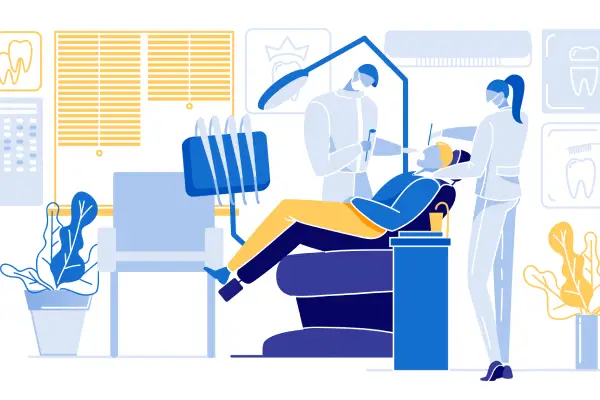
Emergency Dental Services
When your child is in pain due to a problem with a tooth or she has sustained trauma to the mouth, the last thing you want to do is wait in a crowded waiting room to be seen by a doctor who does not know much about treating dental problems. This is what happens to most dental emergency patients who go to the hospital emergency rooms rather than a dentist.
Children can sustain a variety of injuries and dental problems that may require an immediate visit to the dentist. Kids involved in sports sometimes have trauma during games or practice. Rambunctious kids fall and may knock out a tooth or cut a lip. Sometimes a child will have an infected tooth that needs immediate attention.
Benefits of the Emergency Dental Services
- Alleviating pain
- Preventing progression
- Preventing permanent damage
- Reduction the risk of infection
Pediatric Dental Trauma
Pediatric dental trauma is most common among younger children who are still developing coordination, as well as adolescents involved in sports. The resulting orofacial injuries can result in pain, tooth loss, dysfunction, and diminish the patient’s quality of life.
Understanding the risk for TDIs and performing trauma first aid when they occur will help contribute to successful management of these events. In addition, educating parents/caregivers, coaches and athletes about TDI prevention can increase the use of mouthguards in high-risk sports. Finally, dental professionals who seek regular training and continuing education in dental trauma will be best positioned to provide care that supports optimal outcomes.
Treating Pediatric Dental Trauma
- Pain relief
- Prevention of infection
- Preservation of tooth structure
- Improved aesthetics
- Prevention of long-term complications
- Improved oral health
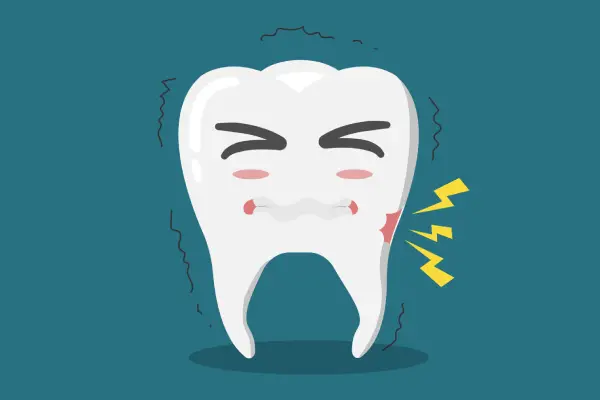

Habit Breakers
A lot of parents seek us out because they’re worried about their child using a pacifier or sucking their thumb. These habits are completely normal in infants and sucking is a natural instinct. In fact, some babies even suck their fingers and thumbs in the womb! However, when oral habits, including thumb sucking and tongue thrusting, continue past the first few years of life, severe malocclusion (an improper bite) can occur.
For kiddos who have a really difficult time kicking the habit, when all else fails, habit-breaking appliances may be indicated.
Solea Laser
Solea® is a breakthrough technology that enables virtually every cavity prep to be performed anesthesia-free, delivering a dental experience patients prefer. Solea also enables soft tissue procedures that are blood-free and suture-free with minimal post-op discomfort and remarkably rapid healing.
Benefits of the Solea Laser
- Removing the need for Drills and Needles.
- Deliver Better Outcomes
- Fast and easy process

